Well, that was exciting. Off the ferry from Helsinki and straight into the Tallinn rush hour. Google Maps was giving me info that didn’t correspond with what I was seeing so I pulled onto an impromptu vehicle park and used my usual sat nav to find the LPG retailer I was looking for. Hence I was able to fill my gas tanks.
I really should learn to consider info a bit more. Another app I use to find stopping places said it’s near a beach. It certainly is, it’s one of the main car parks for the beach and on a hot sunny afternoon it was packed tighter than a shopping centre at sale time. Fortunately there was some other space close by.
Tallinn Old Town attracts a great many guided tours from the cruise ships. One of their main places to call is St Mary’s Cathedral. No photos inside the cathedral unless you pay. No admission to the main body of the cathedral unless you pay. I thought Jesus Christ had a view about merchants and money lenders in temples.
For me, the number of tour parties made walking around the town less than enjoyable.
The large grey block with the red car in front is the former HQ of the KGB. The cells are open to the public.
The locomotive stands near the railway station and was built by the Kolomna Locomotive Works, Russia in 1954.
I was planning to spend more time investigating Tallinn, although driving around trying to find a replacement wheel wasn’t what I had in mind. One tyre was deflating overnight. A Google Maps search found a tyre fitter not far away. When I get there it’s a Nissan hut behind some houses. He doesn’t speak English but Google Translate comes to the rescue. When he’s got the wheel off he shows me the problem. The join between the central hub and the rim has corroded and is leaking air. He’s only a small business and can’t supply a replacement.This interesting bike was in the workshop.
After visiting a couple of places I found a company that supplied and fitted a new wheel. The only drama was the wheel trim bolt hole spacing is off. The wheel fits the hub OK but the trim only fits if it’s turned one hole. Most strange.The next stop was along the coast at Narva-Jöesuu where the River Narva empties into Narva Bay and the Gulf of Finland. The river forms the border with the former occupier, Russia. The town has a long history as a holiday resort with a long sandy beach and many hotels.
Just outside the town I stumbled across a derelict industrial site on the river bank complete with moorings. I couldn’t work out what it was originally except that there was both river and railway access. Across the river is a Russian watch tower, I’d have expected a better camouflage job to make it less obvious, unless it’s supposed to stick out like a sore thumb.
Between Narva-Jöesuu and Narva there are three memorials to previous conflicts. A Soviet T34 tank commemorates those who fell in WW2 and especially those who died in the Battle of Narva in 1944.
A memorial is dedicated to one of those who fell, a young Soviet officer, Leitnant Igor Grafov who was recognised as a Hero of the Soviet Union on 1 July 1944.
The third memorial is a simple wooden cross commemorating a battle in 1700 in which a Swedish relief army defeated a Russian siege force.
Nearby is a large cemetery entirely in the woodland complete with flower sellers.
When I arrived in Narva, I found a nice quiet spot beside the river; I’d been completely undisturbed for a week until I heard a vehicle pull up behind me, not for the first time. What was new was a chap in a green para-military uniform looking over the motor.He came round to the habitation door and his badges indicated Police Border Guard. He asked if I spoke English and we had a pleasant chat while his colleague checked my passport and vehicle details. I told him about my trip so far and he took a note of my blog address. Apparently they get along OK with the neighbours over the river. Upon which he and his colleagues climbed back in their motor and drove off.
Estonia suffered badly during WW2, both the German forces and later the Soviets carried out punitive operations against the Estonian people. Fortunately, many managed to escape and fought with the Allies to fight for the liberation of Europe. After the war, the Soviets remained in occupation until the breakup of the Soviet Union in 1991.
Narva was virtually flattened during World War 2. One of the few buildings to survive, albeit severely damaged, was the original Town Hall. Built by German architect Georg Teuffel in 1668-1671, it stood without a roof until it was restored in the early 1960s.
Alongside the old town hall stands a new building housing the University of Tartu’s Narva College. The surrounding buildings are Soviet era apartment blocks.
Due to the removal of Estonians by the Soviet Union, most of the town’s population is still ethnic Russian who appear to have no desire to return to their motherland.
Welcome to Narva – tourist board
The next stop was at Parnu on the west coast at the mouth of the Parnu River. Although now primarily a holiday resort, it is still a port that exports large quantities of timber. The Parnu College of Tartu University provides course in Hospitality Management and related subjects. Some are taught in English. After leaving Parnu I spent a night at Soomaa National Park visitor centre where there is parking, camping, a toilet and fresh water.A young woman approached asking for information. We ended up chatting for the evening swapping stories and experiences. She is a psychology student from southern Germany who had travelled with nothing except a back pack all the way to Estonia and was now heading homewards. It made a pleasant change to have some company.
The following day I headed for Tartu where I was planning to have a look round, the weather forecast indicated a bright sunny day. It was wrong. When I got there it was raining so I pressed on to another stop on the bank of Lake Pihkva. The border with Russia runs through it with most of the lake in Russia. Opposite the stopping point is the village of Medli on the Russian island of Ostrov Kolpina; the channel is only a little over six hundred yards wide at this point.
A little south of the village of Lutepää, the border with Russia forms a salient known as the Saatse Boot through which a minor road passes. It’s a tree lined dirt road exactly the same as any other such road in Estonia.
A large sign reads, in Estonian, English and Russian, “You are entering the territory of the Russian Federation! Stopping vehicles and passage on foot prohibited within 1km!
After passing through the area I stopped to transfer some video off the dash cam and to decide where I was going next. Murphy’s law being what it is, as I manoeuvred in to a parking place a border guard appeared. Seeing a UK registered vehicle doing something out of the ordinary he came over for a chat asking for some identification and a look inside the motor. He was pleasant enough and there was no aggro.
I’d parked to transfer the video from the dash camera to the laptop. Looking for a route south, I discovered the road didn’t really go anywhere so had to turn back and pass through the restricted area again.
I then drove west and made my way into Latvia.
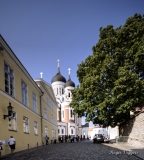
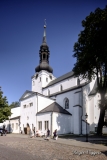

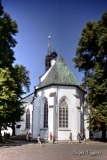

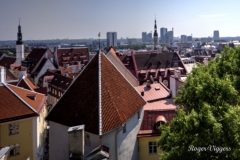
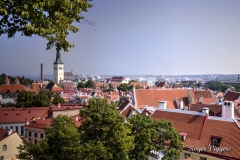
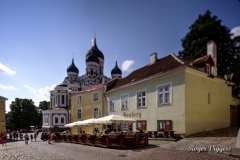


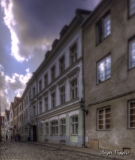

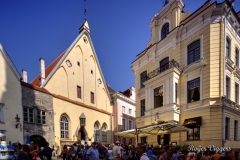



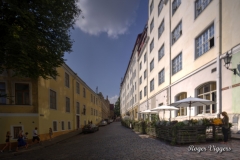
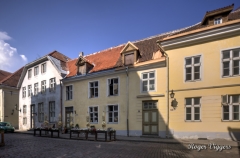
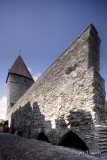

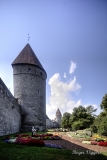





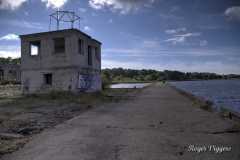





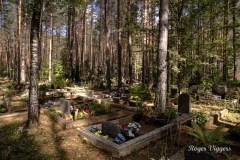


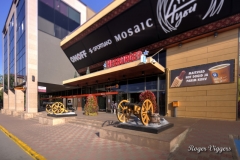


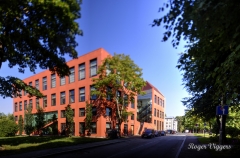
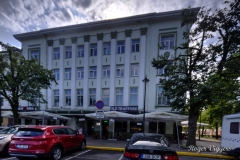

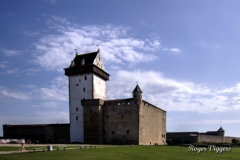
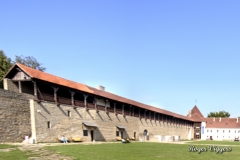

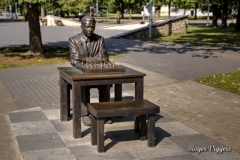
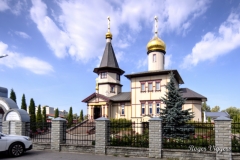
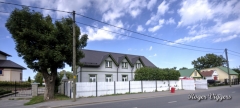
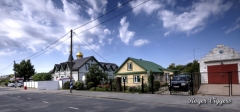

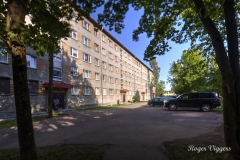




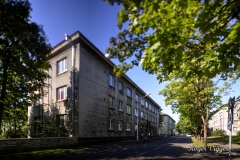
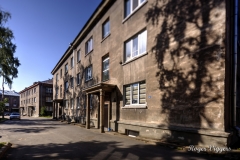

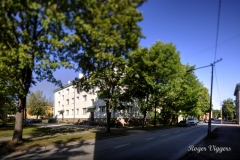



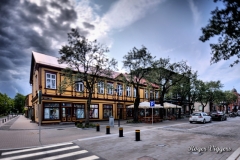
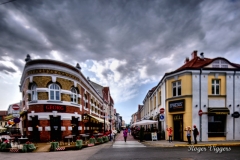


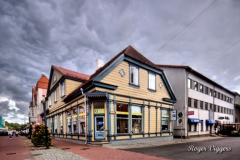



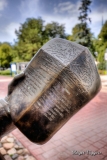

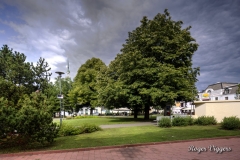



Roger, an excellent Blog which should prove very helpful to anyone who is similarly tempted to try or attempt a similar venture.